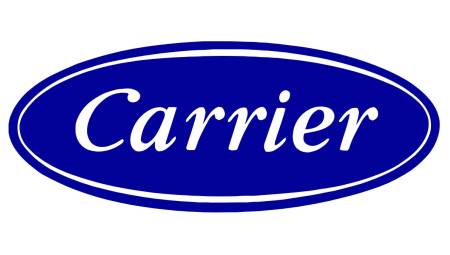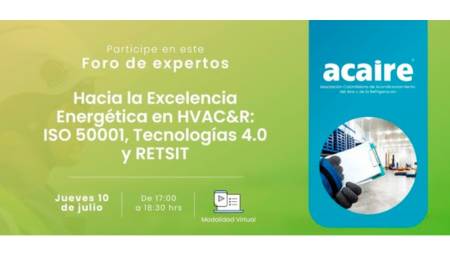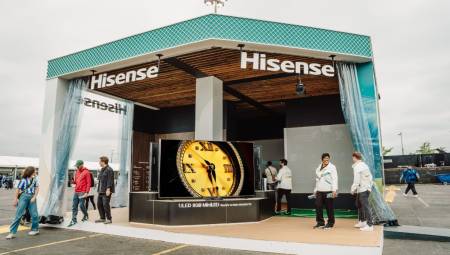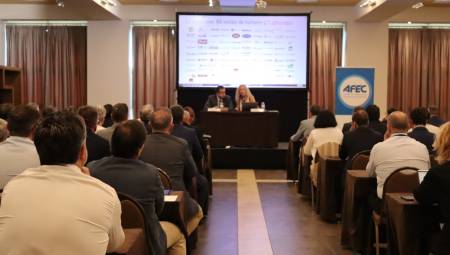 This time, Alfredo Sotolongo departs a little from issues related to energy conservation to delve into the issue of industrial ventilation systems that use dust collectors.
This time, Alfredo Sotolongo departs a little from issues related to energy conservation to delve into the issue of industrial ventilation systems that use dust collectors.By: Alfredo Sotolongo*
I have dedicated several columns to energy conservation in commercial air conditioning systems, but this time I want to talk a little about industrial applications and in particular about ventilation systems that use dust collectors.
Dust collectors are recommended in applications where contaminants must be controlled or product recovery is required. In both cases, the correct selection of the dust collector represents energy savings by being able to recirculate the indoor air avoiding introducing outside air. The pressure drop through the filter is crucial to maximize the efficiency of the ventilation system and, in addition, the method to clean the filters with compressed air consumes less energy the lower the pressure drop through the filter.
In the case of contaminants hazardous to health, the extraction air is processed through the dust collector and it is a matter of discharging air with the least possible amount of pollutants per cubic meter. Each country has established standards for this type of application, although in the case of nations in which they do not exist, it is at the discretion of the consulting engineer who designs the system which standard to apply.
Uses
Among the many applications of ventilation systems using dust collectors is mining, either in open or closed mines. Especially in the closed ones it is important to be able to separate the product from the air to discharge the air to the outside environment with the least amount of particles and thus meet the requirement of 5mg/m³.
One of the most common applications is in the pharmaceutical industry because in addition to controlling the particles of the product that is manufactured, the recirculation of air conditioning could be achieved by minimizing the entry of hot and humid outside air. When handling powder resulting from the manufacture of drugs, the potency, toxic and allergic characteristics of the compound must be taken into account with regard to the personnel exposed to it, as well as its explosive properties.
The first thing to consider is the toxic properties of the product to be controlled and it is recommended to make an analysis of the risk involved in order to determine the method to be used for the appropriate control. In many cases, some level of isolation and/or containment is necessary since the dust from the drugs is extremely potent and when controlled cannot be discharged to surrounding environments. In most cases it is recommended, in addition to the dust collector, to use HEPA type filters as an additional safety measure and that could also allow the air conditioning to be recirculated and thus avoid introducing outside air.
The second consideration involves the explosion potential of the product. Precautionary measures such as exhaust gates, extinguisher by means of chemicals and/or components should be included to isolate the explosion. When exhaust gates are required for explosions, they must discharge to the outside, outside the areas occupied by plant personnel.
Among the companies that have achieved the most practical design of dust collectors and filters with the lowest pressure drops are Farr APC (Air Pollution Control). The dust collector, Gold Series, achieves the greatest flexibility with its modular design, and also has a solid construction to handle any type of material. This collector consists of a very efficient process of cleaning the filters by means of compressed air which minimizes the energy consumption of the compressor. In addition, they have developed a vertical filter, HemiPleat, with the lowest pressure drop and more filter material, considerably prolonging the life of the filter.
In cases where, due to toxicity, it was not possible to recirculate the air conditioning and we were forced to remove the already conditioned air, then it is advisable to use a system to recover energy from the air to transfer enthalpy (sensitive and latent heat) and precondition the outside air that is supplied to replace the exhaust air.
Due to the toxicity of the air being extracted, no pollution is allowed into the air that is supplied to the air conditioning system. In the mid-90s, the company Dais Analytic managed to use a polymer composed of Sulfite salts (SO3) that is an excellent enthalpy transmitter and whose constitution allows only water vapor molecules to pass from the side of highest vapor pressure to the side of lower pressure avoiding any type of contamination.
We know that except for pharmaceutical companies, due to the very strict standards for that industry, the vast majority of factories do not use air conditioning systems. However, it is important to note that in any factory it is possible to reduce energy consumption not only in ventilation but also in the manufacturing process.
I hope that everyone who has the opportunity to read this column and is involved in manufacturing or designing industrial plants, analyzes the installation and the process that occurs in it, I am sure that the time invested will be more than recovered.
*About the author
Engineer Alfredo Sotolongo, president of Protec, Inc., is certified as a professional engineer in Puerto Rico and the State of Florida; has more than 40 years of experience in the application and sale of systems and equipment for energy conservation. He is a member of ASME (American Society of Mechanical Engineers), AEE (Association of Energy Engineers), with whom he is certified as an Engineer in Energy Management; he is also a member of ASHRAE and was president of the Miami chapter of that association. He has also presented numerous talks on the subject of energy conservation.













